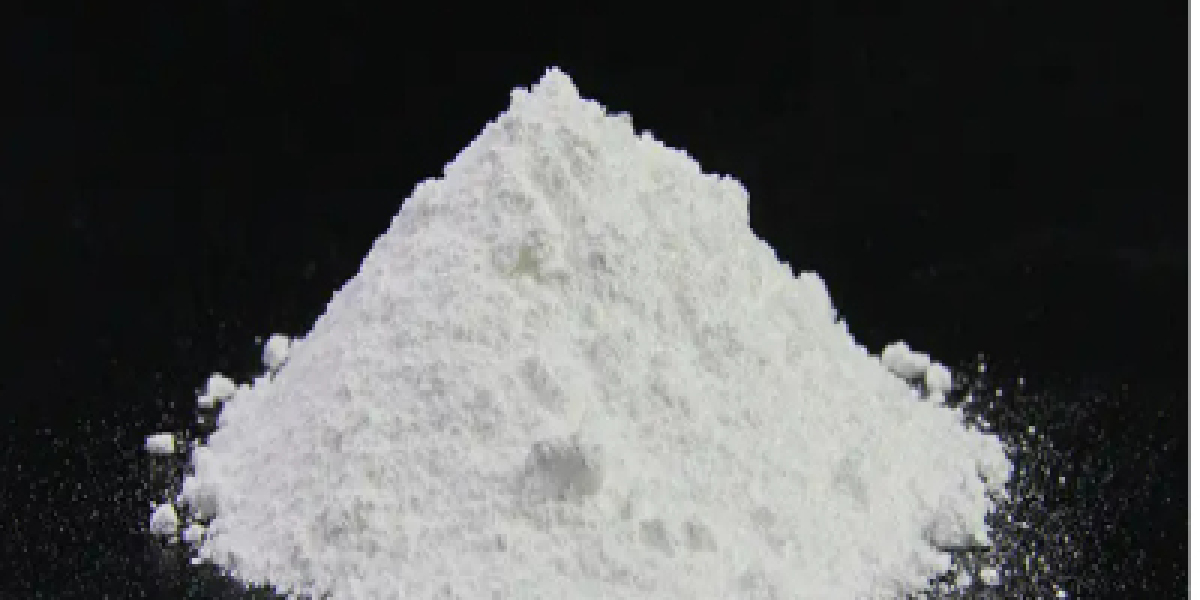The process for sourcing chemicals from chemical suppliers involves several key steps to ensure that you obtain the right products at the right price and with the necessary quality and safety standards. Here’s a comprehensive guide based on the latest information:
1. Identify Your Requirements
- Determine Specific Needs: Clearly define the types and quantities of chemicals required for your operations. Consider factors such as chemical composition, grade, quantity, and any specific certifications or quality standards.
- Forecast Future Needs: Develop a procurement strategy that includes forecasting future needs to avoid shortages and overstocking.
2. Research and Select chemical suppliers
- Market Research: Conduct thorough market research to identify potential chemical suppliers who can meet your quality, cost, and delivery requirements.
- Evaluate chemical suppliers: Assess chemical suppliers based on criteria such as product quality, regulatory compliance, financial stability, technological capacity, and reliability.
- Use Online Platforms: Utilize B2B marketplaces like Alibaba, Made-in-China, and Global Sources to find chemical suppliers. These platforms offer detailed profiles and customer reviews.
- Attend Trade Shows: Participate in industry trade shows and exhibitions, such as the Canton Fair, to meet chemical suppliers in person and evaluate their products directly.
3. Request for Quotations (RFQ)
- Provide Detailed Specifications: Send detailed specifications of the chemicals needed to selected chemical suppliers and request quotations that include pricing, delivery terms, and any other relevant information.
4. Evaluate and Compare Quotations
- Assess Quotes: Evaluate the received quotations based on price, quality, delivery terms, payment conditions, and additional services offered. Compare these factors to determine the most suitable supplier.
5. Negotiate and Contract
- Finalize Terms: Engage in negotiations with the chosen supplier to finalize the terms and conditions of the procurement, including prices, delivery schedules, and payment terms.
- Create a Purchase Order (PO): Once terms are agreed upon, create a PO that documents everything being procured, including quantities and freight costs. Send a copy of the PO to the supplier.
6. Manage Logistics and Delivery
- Coordinate Transportation: Arrange for the transportation and delivery of the chemicals, ensuring compliance with legal and regulatory requirements related to the transportation of hazardous materials.
- Logistics Optimization: Consider factors such as freight costs, insurance, duties, tariffs, and taxes to optimize overall logistics costs.
7. Quality Assurance
- Inspect and Test: Implement measures to ensure the quality and integrity of the received chemicals. This may involve inspections, testing, and verification of certificates of analysis (CoA) to ensure that the delivered chemicals meet the required specifications.
- Regular Audits: Conduct regular audits and testing procedures to continually monitor the quality of the chemicals being supplied.
8. Payment and Invoicing
- Process Invoices: Process the supplier’s invoice and arrange for payment according to the agreed-upon terms. Keep track of invoices, receipts, and any relevant documentation for accounting and record-keeping purposes.
9. Evaluate Supplier Performance
- Assess Performance: Evaluate the supplier’s performance based on factors such as product quality, on-time delivery, responsiveness, and adherence to contractual obligations. Use this evaluation to inform future procurement decisions.
10. Ensure Safety and Compliance
- Develop Policies: Implement an environmental health and safety (EHS) management system to standardize procurement policies and compliance procedures.
- Supplier Vetting: Conduct thorough background checks and ensure chemical suppliers hold relevant certifications such as ISO 9001, REACH, OSHA, and GHS.
Additional Tips
- Hire a Sourcing Agent: Consider hiring a sourcing agent with local expertise in the chemical market to help with supplier verification, quality control, and logistics management.
- Distinguish Between Trading Companies and Manufacturers: Ensure you are dealing with actual manufacturers rather than trading companies, especially when sourcing from countries like China.
By following these steps, you can effectively source chemicals from chemical suppliers while ensuring safety, compliance, and cost-effectiveness.








